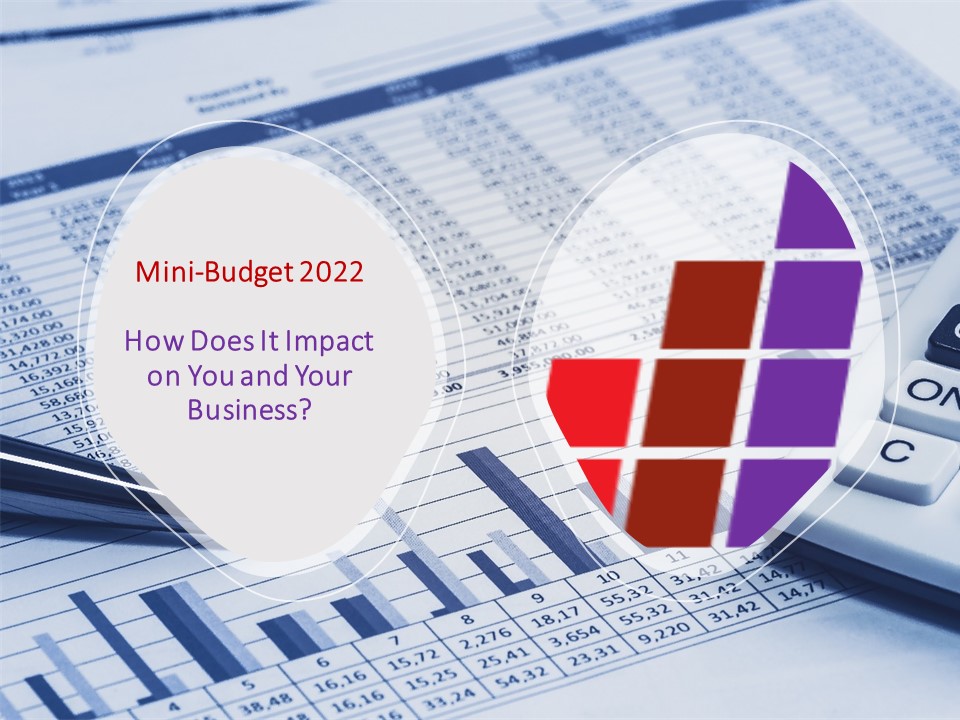Are loans to directors and employees tax free?
Do you know the rules around director’s loans? If you withdraw money from your company other than for salaries or declared dividends, you should come and talk to us.
If you’re a director then taking out a director’s loan against the cash in your limited company might seem like a sensible thing to do. But the reality is that overdrawn loans to directors can lead to unintended tax consequences if they’re not properly managed.
There are three main impacts:
- The loan may result in a taxable benefit-in-kind, if it’s interest-free and greater than £10k – affecting your personal tax payable.
- The company may suffer a Section 455 charge if the loan isn’t cleared within 9 months and a day of the year-end.
- There’s an income tax (and potentially National Insurance) liability if the loan is written off.
In addition to this, if a company goes into liquidation with a director’s loan due to the company, the liquidators can take action against the director to get the loan repaid. This can include taking bankruptcy proceedings against the director concerned.
So, how do you ensure you’re on safe, tax-effective ground when taking out a director’s loan?
The lowdown on director’s loans
What do we mean by a director’s loan account (DLA)? In essence, this loan can be seen as any payment made to you as a director other than payments in respect of:
- Business expenses
- Salary
- Dividends
- Repayment of amounts owed by the company to the director.
It also includes similar payments to close family members.
If you owe the company more than £10,000 at any time during the year, even if it’s only for one day, then a taxable benefit potentially arises. However, if you’ve paid interest on all amounts owed at any time, regardless of amount, and have done so at at least the HMRC minimum rate (currently 2.25% p.a.) then this taxable benefit won’t arise. It’s normally better for the company to charge interest of at least that minimum rate to prevent the benefit-in-kind charge arising.
The DLA ideally should not be overdrawn by any amount on the last day of the company’s accounting period. If it is overdrawn, unless it’s cleared within 9 months and 1 day a Section 455 charge of 33.75% of the uncleared amount is payable. If the amount is cleared at a later date, the Section 455 charge is repayable by HMRC 9 months and 1 day after the end of the accounting period in which it’s cleared.
Paying back the loan
As you can see, this all gets relatively complex to manage. So, why not pay the loan back just before the period-end and then take out a fresh advance from the company just after?
Two rules restrict that:A. The £5,000 rule – if a repayment of £5k or more is made AND within 30 days of this further advances are taken, the repayment is then offset against the later advance, not the original loan.B. The £15,000 rule – where the amount outstanding is £15,000 or more, and at the time of repayment there was an intention to draw down further sums, the repayment is applied against the subsequent drawdown – this applies even if this takes place more than 30 days ahead.
Exception to A and B: If the repayment is from a source that’s subject to tax (generally a dividend or bonus) then it can be offset against the older debt. So, it’s common to declare a dividend within 9 months and a day after year-end to clear the opening DLA balance and avoid a Section 455 charge, even if other advances had been made.
There are other considerations to think about too:
- If instead of being repaid, the loan is written off, that will be taxed in the recipient’s hands as dividend income. And it may also be subject to employee and employer National Insurance as if it was payrolled.
- Writing off the loan will only be sensible when there aren’t profits available to pay a dividend, or not all shareholders have loans being written off.
- In some limited circumstances National Insurance may not apply.
- Where a loan exceeds £10,000 it requires prior shareholder approval.
Talk to us about managing your director’s loans
Managing your director’s loans in the most tax effective way is a challenge. As your adviser, we can advise you on the timing of dividend payments to help you eliminate or reduce Section 455 charges. We’ll also help make sure that your record-keeping for advances to directors is comprehensive enough to withstand HMRC scrutiny – always good practice when entering into a loan of any kind.
If you withdraw money from your company other than for salaries or declared dividends, please do come and talk to us and let’s find out how we can support you from here at The Stan Lee.
Are loans to directors and employees tax free? Read More »












